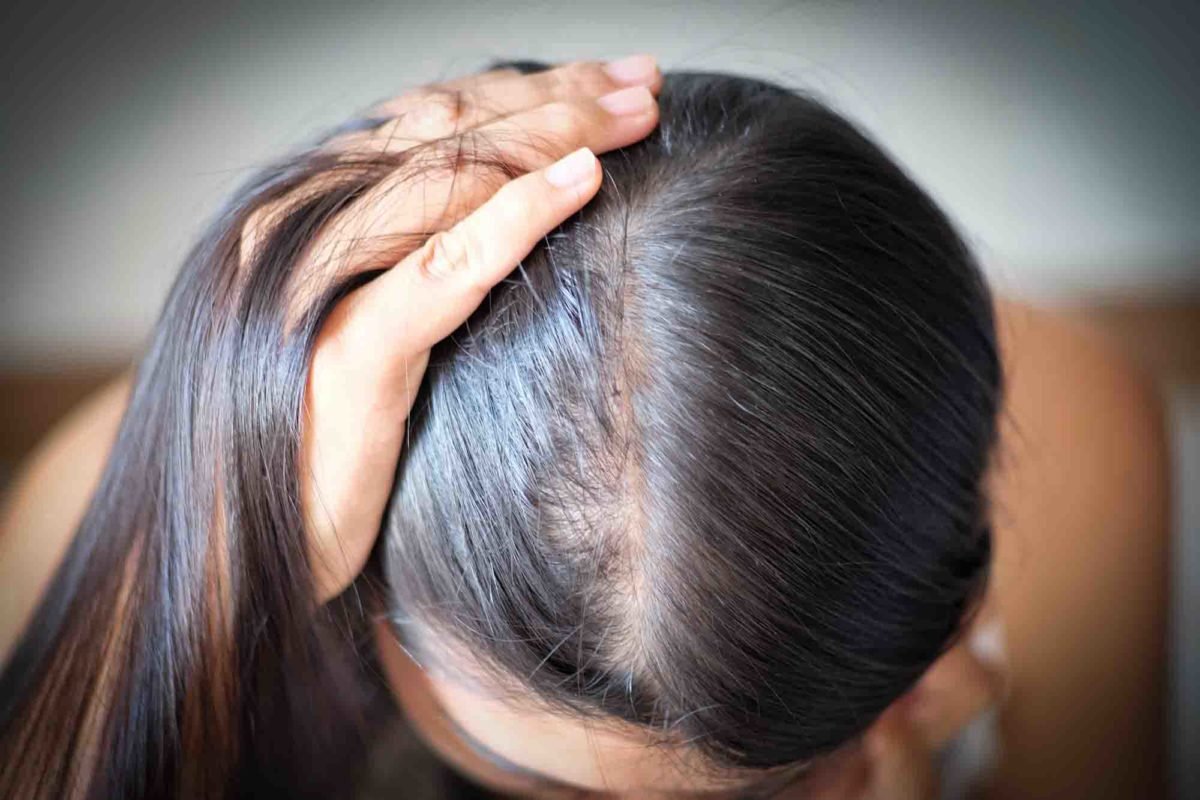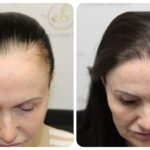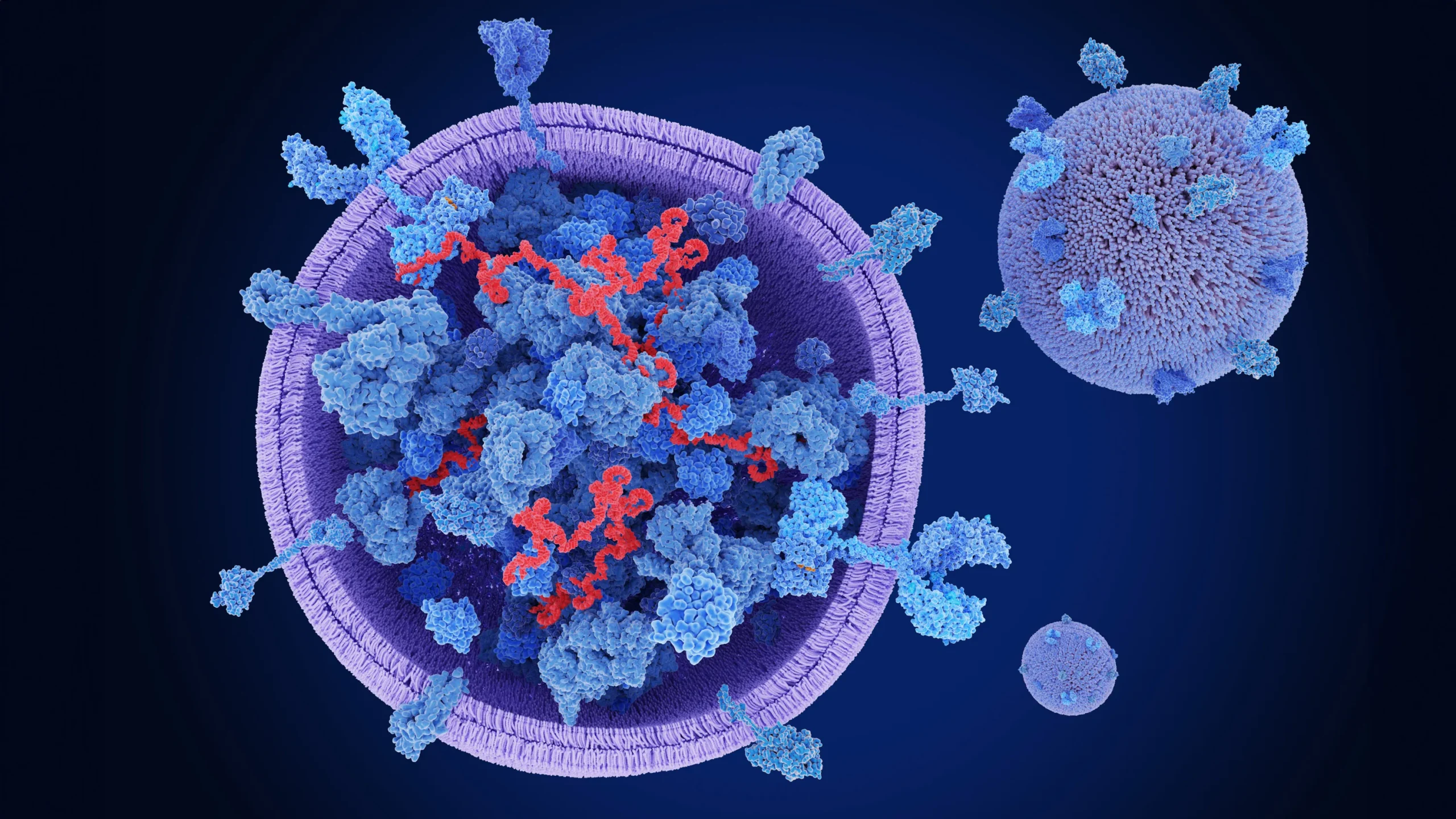Hair loss can be an overwhelming experience, especially for women. If you’re searching for female hair loss treatment near me, you're likely looking for effective solutions to restore your hair and confidence. In this guide, we’ll explore the most effective treatments, from non-surgical options like PRP therapy and Minoxidil to surgical options like hair transplants. …
Hair loss can be an overwhelming experience, especially for women. If you’re searching for female hair loss treatment near me, you’re likely looking for effective solutions to restore your hair and confidence.
In this guide, we’ll explore the most effective treatments, from non-surgical options like PRP therapy and Minoxidil to surgical options like hair transplants. By reading this post, you’ll learn the best treatments for female hair loss, find trusted specialists near you, and understand the recovery process to ensure the best results. Let’s start your hair restoration journey today.
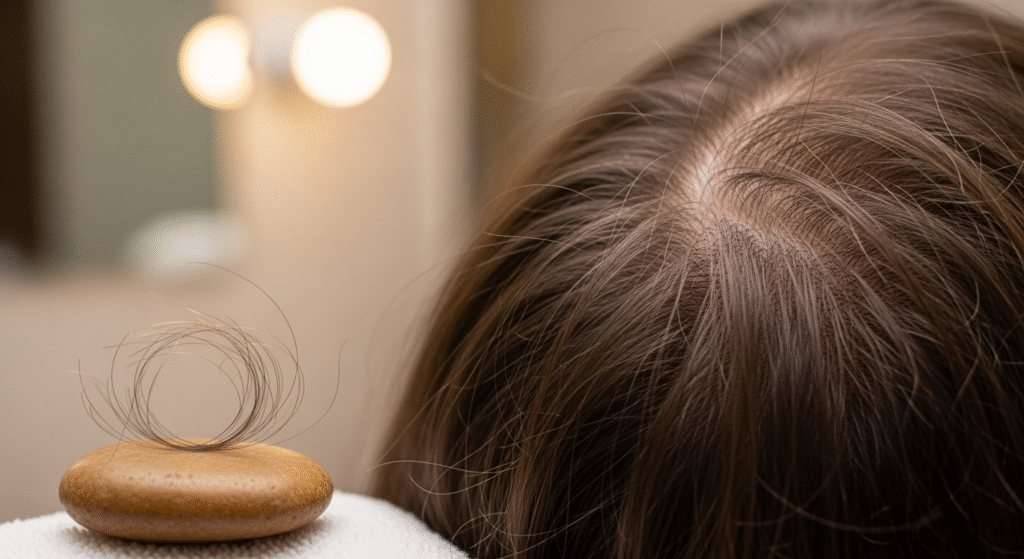
Understanding Female Hair Loss: Causes and Concerns
Before diving into treatment options, it’s essential to understand what causes hair loss in women. Recognizing the cause will help you make an informed decision about the best treatment for your needs.
Common Causes of Female Hair Loss
Hair loss in women can be caused by various factors. Here are some of the most common reasons:
- Genetics and Hormonal Changes: Androgenetic alopecia, also known as female pattern baldness, is a hereditary condition that can cause gradual thinning. Hormonal changes from menopause, pregnancy, or birth control can also trigger hair loss.
- Stress and Lifestyle Factors: Physical or emotional stress can lead to telogen effluvium, a temporary hair loss condition. A poor diet, lack of sleep, and high stress can exacerbate hair thinning.
- Medical Conditions and Medications: Conditions like thyroid disorders, anemia, and PCOS (Polycystic Ovary Syndrome) can contribute to hair loss. Additionally, medications such as chemotherapy drugs can cause hair to shed rapidly.
Impact of Hair Loss on Women’s Confidence
Hair loss can have a profound impact on a woman’s self-esteem. Society places a significant emphasis on hair as a symbol of beauty and femininity. Losing hair can make many women feel less confident or even embarrassed. However, understanding that hair loss is a common issue can help reduce its emotional burden. Seeking treatment and exploring options for restoration can help women regain their confidence and feel better about their appearance.
Top Female Hair Loss Treatment Options Near You
Once you understand the causes of hair loss, it’s time to explore the best treatment options available. Depending on the severity of your hair loss and your goals, treatments can vary from non-invasive to surgical.
Non-Surgical Treatments for Female Hair Loss
Several non-surgical treatments can help manage hair loss and promote hair growth:
- Minoxidil (Rogaine): Minoxidil is one of the most commonly used treatments for female hair loss. It is an FDA-approved topical solution that can stimulate hair regrowth by improving blood circulation to hair follicles.
- Platelet-Rich Plasma (PRP) Therapy: PRP therapy involves drawing your blood, processing it to concentrate the platelets, and then injecting it into the scalp to stimulate hair growth. It is particularly effective for women experiencing thinning hair.
- Low-Level Laser Therapy (LLLT): LLLT uses red light to stimulate hair follicles, improving circulation and promoting hair regrowth. Laser combs and helmets are popular devices for at-home use.
- Hair Supplements: Certain supplements, such as biotin, Vitamin D, and iron, can support hair health. Women who are deficient in these nutrients may experience hair thinning, and supplementation can help restore healthy hair growth.
Surgical Options for Hair Restoration
If you’re dealing with significant hair thinning or balding, you may need a more permanent solution. Surgical options can provide lasting results.
- Hair Transplant Surgery: This is one of the most effective permanent solutions for female hair loss. There are two primary types of hair transplants:
- Follicular Unit Extraction (FUE): Individual hair follicles are harvested from the donor area and implanted into the thinning areas.
- Follicular Unit Transplantation (FUT): A strip of skin with hair follicles is removed from the donor area, and individual follicles are transplanted into the thinning areas.
- Expert Insight: According to Dr. Uzma Irfan, a leading hair transplant surgeon, FUE is often the preferred option for women because it leaves minimal scarring and is less invasive than FUT.
- Scalp Micropigmentation: A non-surgical procedure that uses tiny tattoos to replicate hair follicles, providing the illusion of a fuller scalp. This option is ideal for women who want to enhance the appearance of their hairline without going through surgery.
Recovery and Care After Hair Loss Treatment
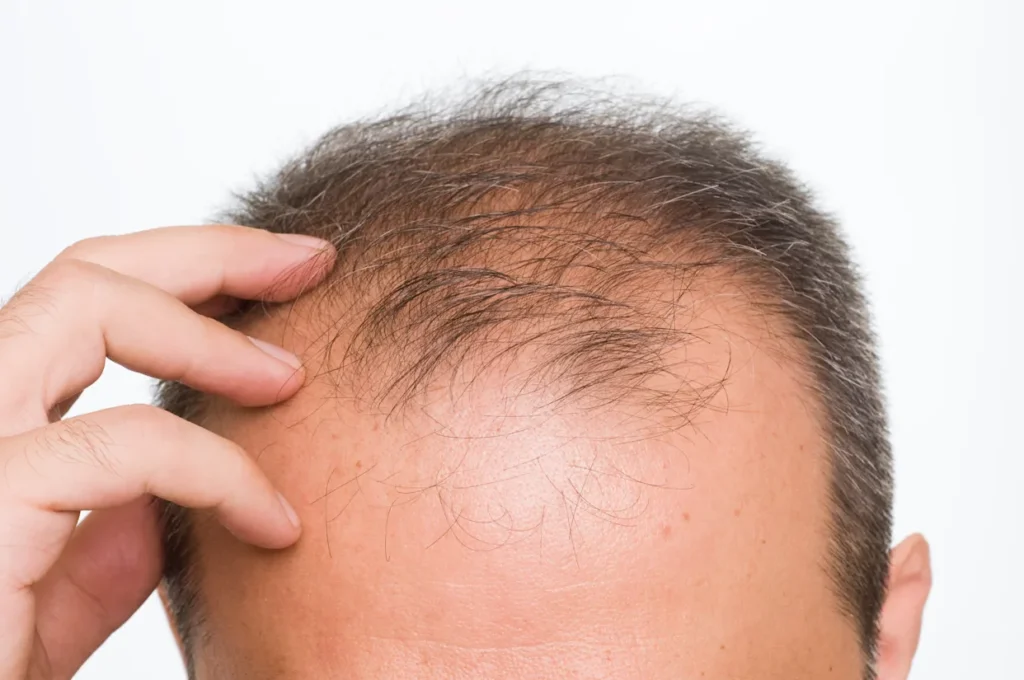
After undergoing hair restoration treatment, proper recovery and aftercare are essential for the success of your treatment. Here’s what you need to know.
Why Sweating Can Be Harmful After Hair Treatments
Sweating can disrupt the healing process after a hair transplant. Excessive sweat can introduce bacteria into the newly transplanted follicles, increasing the risk of infection or irritation. It’s important to avoid vigorous physical activities that cause sweating during the recovery phase. For the first few weeks, keep your scalp clean and dry.
Safe Recovery Timeline and Precautions
Each treatment has its own recovery timeline. Here’s a general overview of what you can expect after a hair transplant:
- Week 1: During the first week, there will be swelling and scabbing. You should avoid touching or scratching the scalp.
- Week 2-3: Swelling and scabbing should begin to subside. You can return to most activities, but avoid excessive sweating and physical strain.
- Week 4-6: New hair follicles begin to settle in. You may notice shedding during this phase, but this is temporary, and new hair will start to grow.
- Month 3-6: Hair growth will become more noticeable, but full results may take up to a year to appear.
When to Resume Normal Activities
While you can resume light activities within a few days after treatment, more vigorous activities, such as exercise or swimming, should be avoided for at least 2-3 weeks. This is to prevent sweat and friction from damaging the newly transplanted follicles.
FAQs
How long does it take to see results from hair loss treatments?
For treatments like Minoxidil and PRP, you may begin seeing results in as little as 3-6 months, though full results can take up to a year. Hair transplants typically start showing growth after 3-6 months.
Are hair transplants safe for women?
Yes, hair transplants are generally safe for women, provided you choose a qualified surgeon and follow aftercare instructions carefully.
What is the best treatment for female pattern baldness?
Hair transplants, especially FUE, are considered the best long-term solution for female pattern baldness. Non-surgical options like Minoxidil or PRP therapy can also help to some extent.
Does insurance cover hair loss treatments for women?
Most insurance policies do not cover cosmetic procedures like hair transplants. However, it’s worth checking with your insurer for any potential coverage options.
Conclusion:
Hair loss doesn’t have to define you. Whether you’re looking for non-surgical treatments or considering a hair transplant, restoring your hair can bring back your confidence. If you’re searching for female hair loss treatment near me, the best time to seek help is now.
Ready To Take Your Next Step
Book a Consultation with Dr. Uzma Irfan, an ISHRS-certified surgeon in Islamabad today to learn more about your hair restoration options and begin your journey toward healthier, fuller hair!

